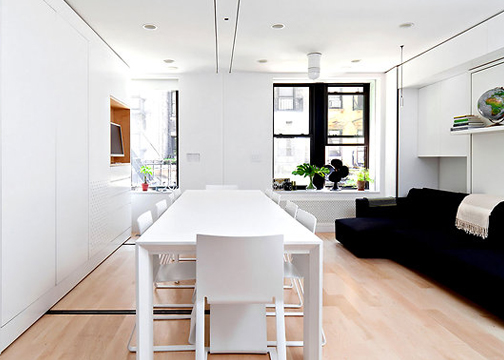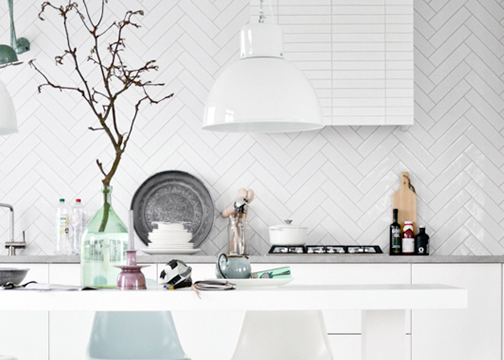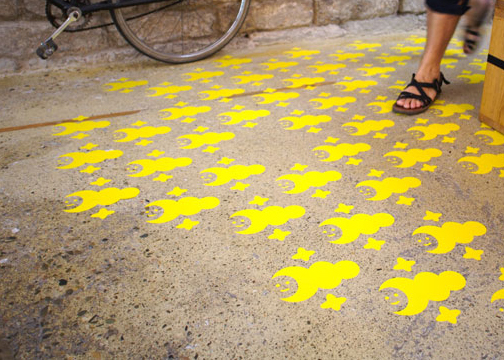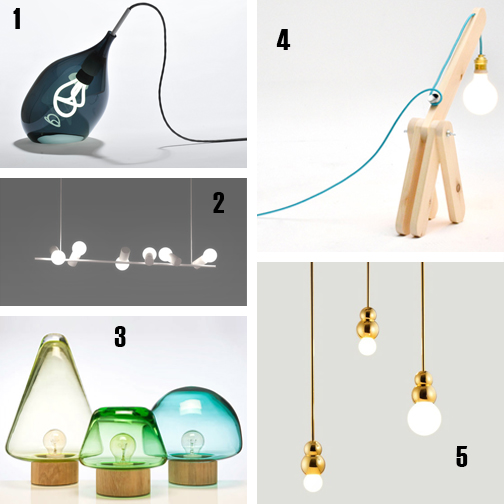Graham Hill – Less is More
Graham Hill, a writer, designer and the founder of Tree Hugger lives in a 420 sq. ft apartment renovation in NYC (treehugger.com is a great environmental website that covers green living a to z: from makeup and fashion to architecture, art and living tips). The mirco-apartment can transform into 8 rooms; can seat 12 at a dinner table, allow guests to sleep over and can morph into various living spaces. The space is custom (though several mass-made parts were utitlized) and designed with moveable walls,which allow the space to change depending on how it is being used (as a home, as a place for entertaining, for dining, for guests, for sleeping, for working, etc). The
Read More






